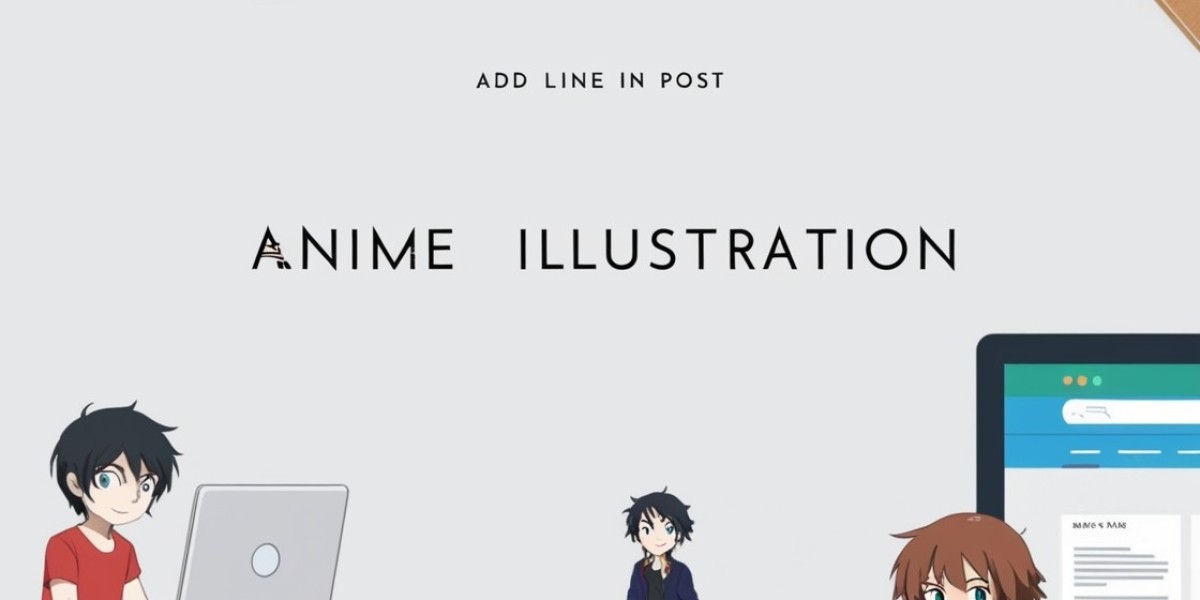Key Steps to Mastering Cartoon Illustration
1. Start with the Basics of Drawing
The foundation of any great cartoon lies in strong drawing skills. Focus on mastering:
- Shapes: All cartoons start with basic shapes like circles, squares, and triangles. These forms act as building blocks for creating characters and scenes.
- Proportions: Cartoons often exaggerate proportions, such as oversized heads or elongated limbs. However, maintaining balance is crucial for visual appeal.
- Perspective: Understanding perspective helps create depth and dimension, making your cartoons feel more dynamic.
2. Study Character Design
Creating memorable characters is a hallmark of successful cartoon illustration. To design characters that resonate, consider:
- Personality: Each character should have a distinct personality reflected in their features, clothing, and poses.
- Silhouettes: Unique silhouettes ensure your characters are instantly recognizable.
- Expressions: Mastering facial expressions and body language helps convey emotions effectively.
Incorporate inspiration from anime illustration or other styles to enhance your character designs. For instance, borrowing elements like expressive eyes or stylized hair from anime can add depth to your cartoons.
Tools and Techniques for Cartoon Illustration
1. Choose the Right Tools
The tools you use can significantly impact your workflow. Some popular options include:
- Traditional Tools: Pencils, ink pens, and sketchbooks are great for practice and initial drafts.
- Digital Tools: Software like Adobe Illustrator, Procreate, and Clip Studio Paint offer advanced features for creating polished illustrations.
2. Master Line Work
Clean, intentional line work is a defining feature of cartoon illustration. Practice the following:
- Vary line thickness to add depth and emphasize specific elements.
- Keep your strokes smooth and confident by practicing with both digital and traditional tools.
3. Experiment with Color
Color plays a significant role in setting the tone and mood of your illustrations. To excel in cartoon illustration, focus on:
- Color Theory: Learn about complementary, analogous, and triadic color schemes to create harmonious palettes.
- Shading and Highlights: Adding light and shadow enhances the three-dimensional look of your cartoons.
- Mood and Emotion: Use warm colors like red and orange for excitement and cool tones like blue and green for calmness.
Developing Your Style in Cartoon Illustration
1. Explore Different Styles
From classic Western cartoons to modern anime design, experimenting with various styles can inspire your unique approach. Analyze the work of famous artists and illustrators to understand their techniques and find elements you can adapt.
2. Practice Regularly
Consistency is key to improvement. Dedicate time daily or weekly to sketching and refining your skills. Focus on:
- Quick gesture drawings to capture movement.
- Detailed studies of objects, animals, or people to improve anatomy and form.
3. Seek Feedback
Engage with art communities online or in person to share your work and receive constructive criticism. Platforms like DeviantArt, Behance, or Reddit’s art communities are excellent for connecting with other illustrators.
Advanced Tips for Cartoon Illustration
1. Incorporate Dynamic Poses
Static characters can feel dull. To add energy to your designs, study dynamic poses and movements. Tools like pose reference websites or figure drawing classes can help.
2. Focus on Storytelling
Great cartoon illustrations often tell a story. Think about the character's environment, actions, and interactions to create compelling scenes.
3. Refine Your Workflow
As you gain experience, develop a streamlined process for creating illustrations. A typical workflow might include:
- Sketching: Rough drafts to map out the composition.
- Inking: Adding clean, bold outlines.
- Coloring: Applying base colors, shading, and highlights.
- Final Touches: Adding textures or effects for a polished look.
Drawing Inspiration for Cartoon Illustration
Inspiration can come from anywhere, but here are a few tried-and-true methods for sparking creativity:
- Pop Culture: Movies, TV shows, and comics are excellent sources of ideas.
- Nature and Everyday Life: Observe the world around you to find unique shapes, patterns, and expressions.
- Other Artists: Study the work of both classic and contemporary anime illustrators and cartoonists.
For example, combining elements of anime graphic design with traditional cartoon styles can result in innovative, hybrid illustrations.
Challenges in Cartoon Illustration and How to Overcome Them
1. Creative Blocks
It’s common to feel stuck or uninspired. Overcome this by:
- Taking breaks and revisiting your work with fresh eyes.
- Experimenting with a new style or medium.
- Collaborating with other artists to exchange ideas.
2. Perfectionism
While striving for perfection can be motivating, it can also hinder progress. Focus on completing projects rather than endlessly refining them.
3. Staying Consistent
Building a career or hobby in cartoon illustration requires long-term commitment. Set achievable goals and track your progress to stay motivated.
Cartoon Illustration in Modern Media
The demand for cartoon illustration continues to grow in various industries, including:
- Advertising: Businesses use cartoons for logos, mascots, and promotional materials.
- Entertainment: Animation studios, game developers, and content creators need skilled illustrators.
- Education: Cartoons are widely used in children’s books and educational materials to engage learners.
This versatility means mastering cartoon illustration can open doors to numerous opportunities.
Final Thoughts: How Do You Master Cartoon Illustration?
Mastering cartoon illustration requires a blend of technical skill, creativity, and persistence. By focusing on foundational techniques, experimenting with styles, and refining your unique voice, you can create captivating illustrations that stand out.








